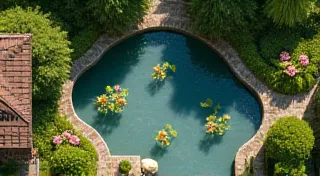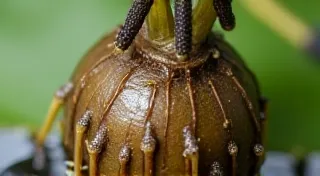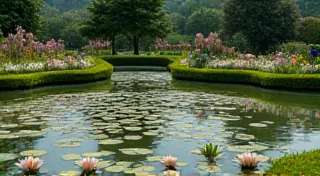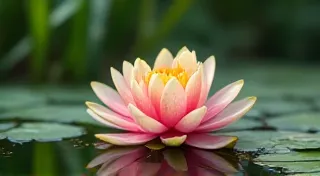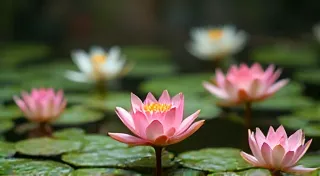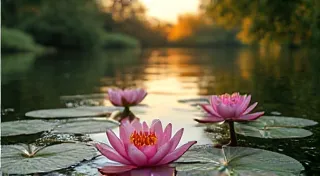Choosing the Right Pond Liner for Water Lilies
Creating a beautiful pond filled with water lilies is a rewarding experience. A crucial first step in this process is selecting the right pond liner. The liner forms the foundation of your water garden, ensuring watertightness and providing a healthy environment for your water lilies and other aquatic plants. This guide explores the most common pond liner options – EPDM, PVC, and pre-formed – detailing their pros and cons to help you make an informed choice.
Understanding Pond Liner Materials
EPDM Liners (Ethylene Propylene Diene Monomer)
EPDM liners are widely considered the gold standard for water lily ponds. They are rubber-like sheets known for their flexibility, durability, and longevity. Water lilies thrive in stable environments, and the longevity of an EPDM liner significantly reduces the need for disruptive replacements. They offer a resilience that contributes to the overall health of your aquatic ecosystem. Beyond just providing a watertight seal, choosing the right liner also impacts the pond's aesthetic—a topic some gardeners are deeply interested in, finding symbolic meaning and historical significance in their water lily arrangements, much like exploring the symbolism and history of water lilies.
- Pros: Extremely flexible, allowing them to contour to uneven ground and accommodate rocks or other features. Highly resistant to UV radiation, ozone, and algae. Long lifespan (typically 20-50 years). Safe for aquatic life – non-toxic. Can be repaired easily with patches.
- Cons: Generally the most expensive option. Can be heavy and difficult to handle, especially for larger ponds. Black color can darken the pond water slightly.
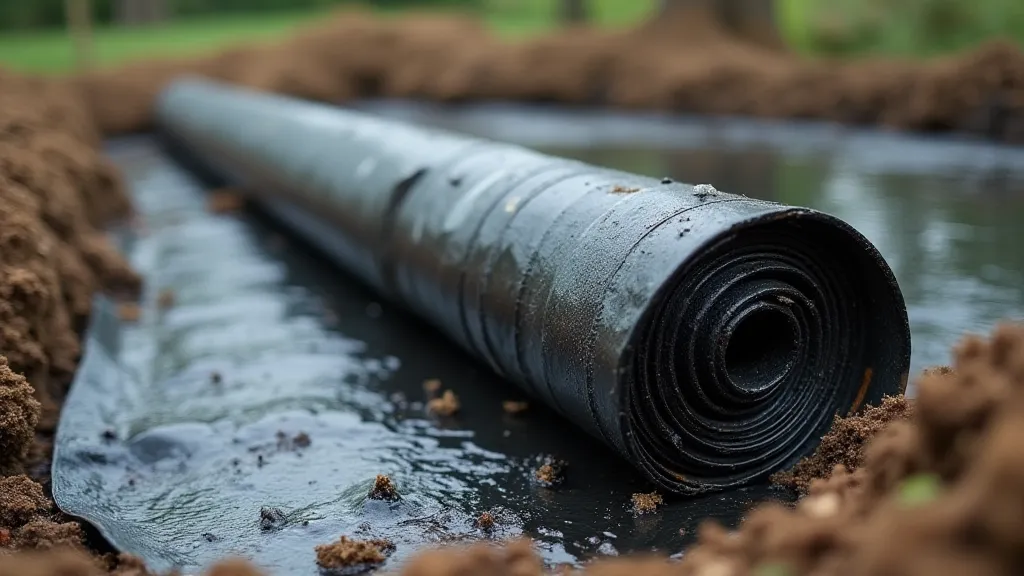
PVC Liners (Polyvinyl Chloride)
PVC liners are a more budget-friendly alternative to EPDM. They're readily available and relatively easy to install. While cost is a significant factor for many, a longer-lasting liner like EPDM ultimately reduces long-term expenses, considering you'll spend less on repairs and replacements. For those keen on expanding their water lily collection, the stability offered by a reliable liner is invaluable, allowing for more robust propagation efforts – see our guide on propagating water lilies for details.
- Pros: Lower cost than EPDM. Lighter and easier to handle. Available in various thicknesses.
- Cons: Less flexible than EPDM, making them less suitable for ponds with uneven ground or complex designs. More prone to punctures and tears. Shorter lifespan (typically 10-15 years). Can degrade over time with UV exposure.
Pre-Formed Ponds
Pre-formed ponds are essentially rigid plastic containers shaped like ponds. They offer a quick and easy solution for smaller water gardens. While attractive and user-friendly, they lack the customization options afforded by a liner. Understanding the environmental factors that influence water lily health is paramount, whether you choose a liner or a pre-formed pond – factors such as algae control, a critical element in pond maintenance. Those struggling with unwelcome guests in their pond might find our guide to pest and disease control for water lilies helpful.
- Pros: Fast and simple to install – no liner required. Provide a clean, finished look. Good for beginners.
- Cons: Limited in size and shape options. Difficult to install on uneven ground. Can be difficult to repair. Less adaptable to customized garden designs. Not always the best for large water lily collections.
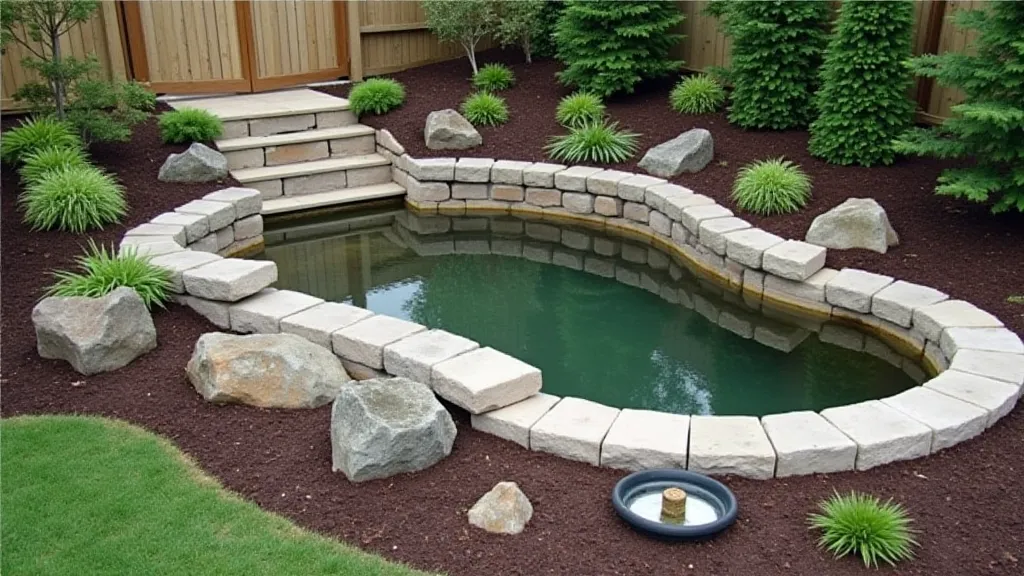
Choosing the Right Liner for Your Water Lily Pond
The best liner for your water lily pond depends on your budget, the size and shape of your pond, and your level of experience. There's an undeniable connection between the overall health of your pond and the success of your water lily cultivation – a balance that experienced gardeners appreciate. This connection extends to the broader context of the aquatic environment, encouraging a deeper understanding of the plants and creatures within. The subtle interactions and communication happening beneath the surface are fascinating to observe—a world of their own, which some writers even find inspiration in, paralleling the complexities of human relationships – see The Rooted Whisper: Understanding Submerged Communication in Aquatic Gardens.
- Small, simple ponds with minimal ground preparation: A pre-formed pond might be the easiest option.
- Medium to large ponds with uneven ground or complex designs: An EPDM liner is the most reliable and long-lasting choice, despite the higher initial cost.
- Budget-conscious ponds or temporary installations: A PVC liner can be a suitable alternative, but be prepared for a shorter lifespan and potential repair needs.
Important Considerations
Beyond the initial choice of material, several crucial considerations will impact the longevity and health of your water lily pond. Understanding these details can significantly enhance the overall success of your aquatic garden and minimize potential issues down the line. Proper installation and ongoing maintenance are key to a thriving ecosystem.
- Thickness: Choose a liner thickness appropriate for the size and depth of your pond. Thicker liners are more durable and resistant to punctures. Consider the weight of the water and any decorative elements when selecting the thickness – a robust liner can prevent costly leaks and replacements.
- Underlayment: Protect your liner from sharp objects by installing a layer of underlayment (e.g., geotextile fabric) beneath it. This acts as a protective barrier, preventing punctures from rocks, roots, and other debris.
- Professional Installation: Consider professional installation for larger or more complex ponds to ensure proper liner placement and sealing. While DIY projects can be rewarding, a professional installer has the expertise and tools to ensure a watertight seal and avoid potential problems.
- Water Quality: Maintaining optimal water quality is essential for healthy water lilies and a thriving pond ecosystem. Regular water testing and adjustments, such as pH balance and nutrient levels, can prevent algae blooms and other issues.
- Pest Control: Algae and other pests can quickly overrun a pond, impacting the health of your water lilies. Implementing preventative measures and timely interventions can keep your pond clear and balanced.
- Winterization: In colder climates, proper winterization is crucial to protect your water lilies and pond liner from freezing temperatures. This may involve draining the pond partially, adding a pond de-icer, or relocating the water lilies to a protected location.
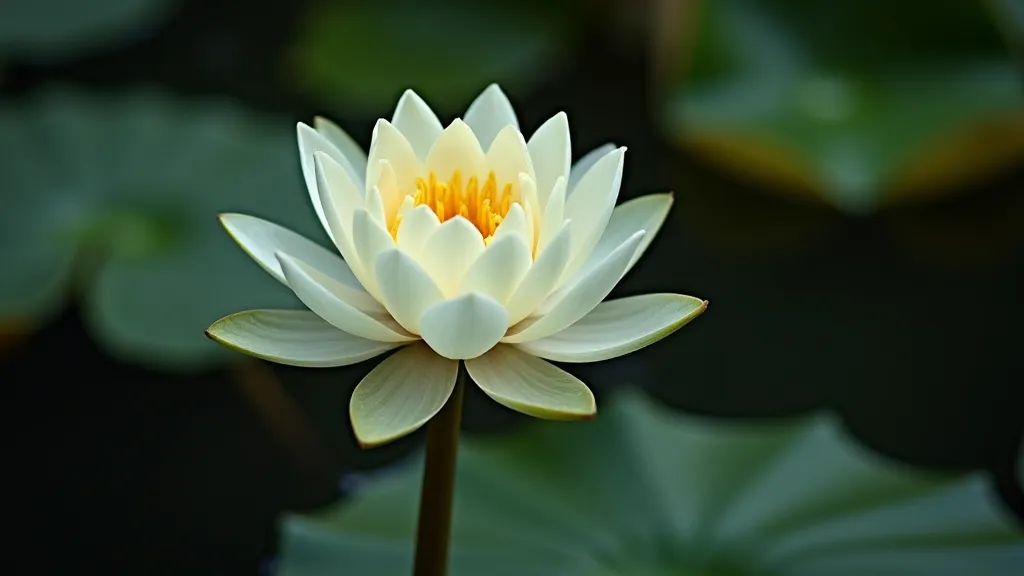
Choosing the right pond liner is an investment in the long-term beauty and health of your water garden. By carefully considering your needs and budget, and by following the tips outlined above, you can create a stunning and thriving environment for your water lilies to flourish.
